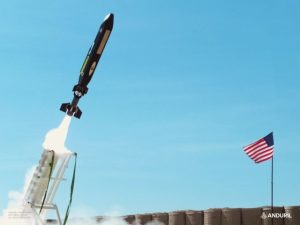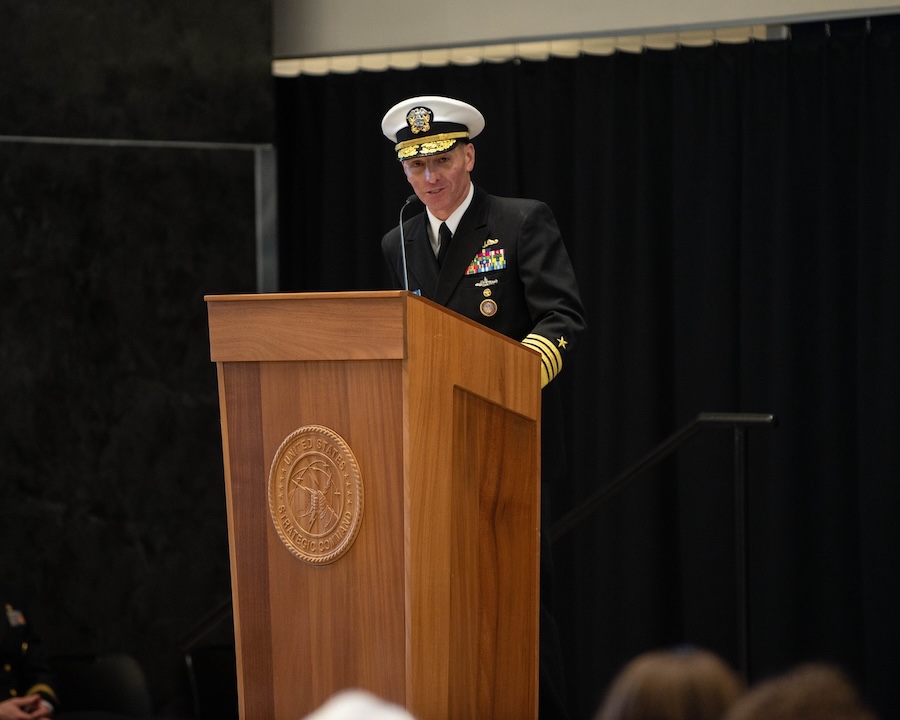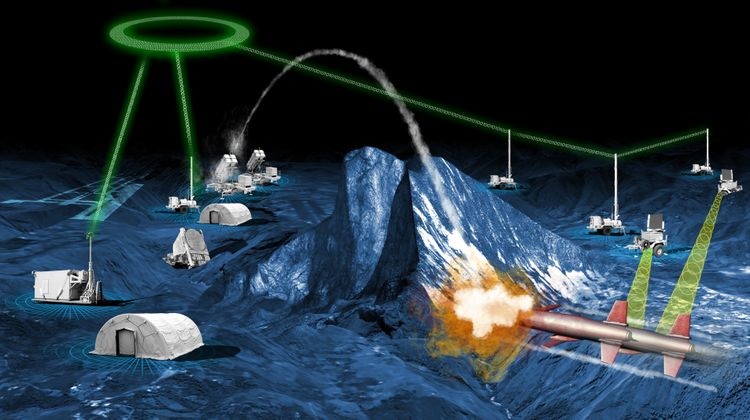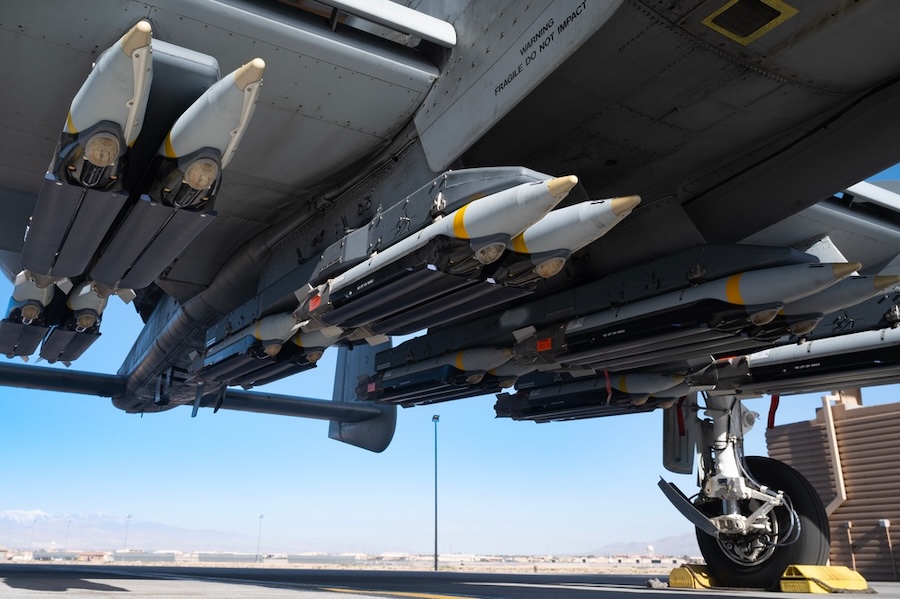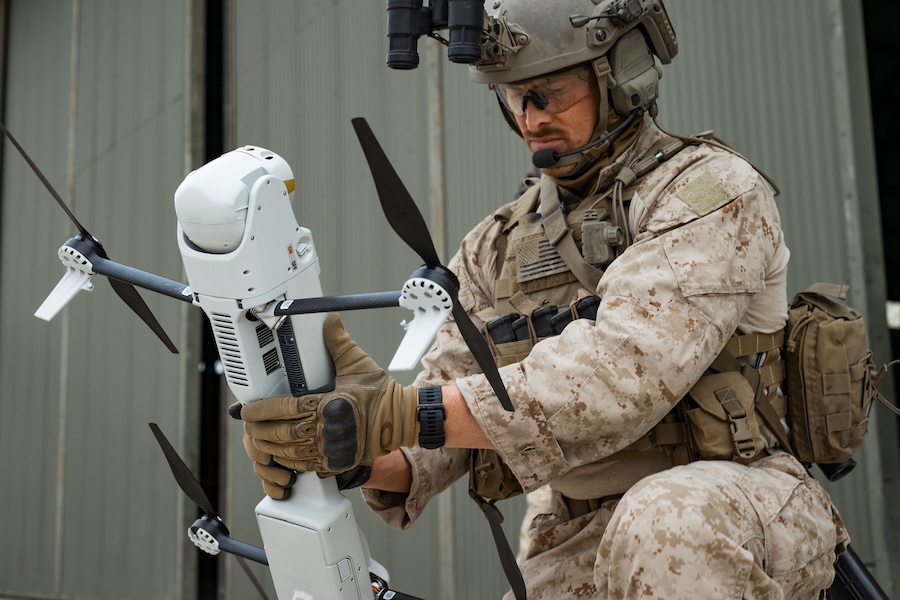NGC2 is the Army’s initiative to modernise the command and control ecosystem and is built on an open, modular architecture to connect soldiers, sensors, vehicles and commanders with resilient, real-time data. Anduril leads the effort alongside partners Palantir, Striveworks, Govini, Instant Connect Enterprise™ (ICE), Research Innovations, Inc. (RII), and Microsoft, integrating their capabilities into a single ecosystem.
For decades artillery fire missions required soldiers to compute firing data manually using charts and protractors, a slow and error-prone process that tied up fire direction centres until the development of the Advanced Field Artillery Tactical Data System (AFATDS) in the 1990s. While AFATDS represented progress, it remained slow to set up and difficult to interface with other systems, a shortcoming Ivy Sting 1 sought to address.
At Ivy Sting 1 the Army’s new Artillery Execution Suite (AXS) replaced the old model and, integrated into NGC2, delivered fire control at speed with measurable gains. Using AXS on Lattice Mesh, crews were digitally ready in under 30 seconds, compared with crews operating AFATDS who often spent time troubleshooting digital connections before they could fire.
Lattice Mesh ran on Voyager rugged edge computing kits and acted as Anduril’s resilient software backbone while Palantir’s TWB managed, tracked and allocated resources for each target by taking geolocation data and translating it to actionable targets. Anduril’s Ghost modular UAS platform provided immediate battle damage assessment through full-motion video and Army Forward Observers fed inputs directly into Lattice via Android Tactical Assault Kit (ATAK) integrations.
This was not a table-top exercise: soldiers fired 26 live missions with M777 howitzers on Fort Carson’s live-fire ranges, running AXS side-by-side with legacy crews so the contrast was visible between a team delayed by legacy systems and a team firing digitally in seconds. The event proved that NGC2 works under operational conditions and set the stage for future events that will scale across more nodes and integrate partner applications.
Anduril’s NGC2 engineering team embedded with the AXS developers using the NGC2 Software Development Kit (SDK), which provides third-party developers with tools and open interfaces to build and integrate new applications and data services. That integration allowed the Army to accelerate its schedule, pulling a milestone originally set for January 2026 into Ivy Sting 1, with the first M777 round fired just 12 hours after the beta software was installed.
The workflow demonstrated has been adopted as the division’s standard operating procedure for artillery fire control and every future 4ID training event will build on the Ivy Sting 1 mission thread to reinforce and refine the process. Anduril and its partners will expand the number of nodes on Lattice Mesh and use the NGC2 SDK to add mission threads beyond fires, into sustainment, aviation, logistics, counter-UAS and medical evacuation, with Ivy Sting 2 and Ivy Mass in May 2026 planned as stepping stones to Project Convergence Capstone 6 in July.








